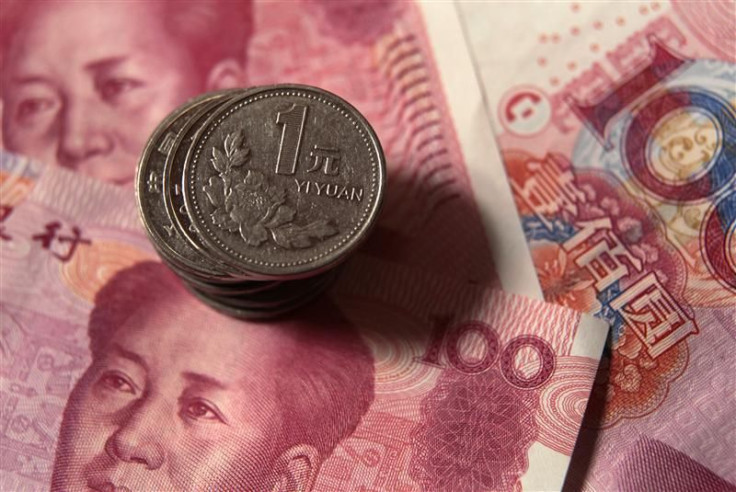China to Cut Bank Reserve Ratio Two More Times in Coming Months: HSBC Report

China's central bank is expected to make more cuts to banks' reserve requirements to fuel lending and sustain economic growth.
The People's Bank of China said over the weekend it will lower the reserve requirement ratio by 50 basis points, effective Feb. 24. That will take the reserve ratio to 20.5 percent for all big banks and 18.5 percent for smaller banks.
The pressures of slowing growth and rising inflation exist at the same time. The monetary stance will remain prudent, Jin Qi, assistant governor of the People's Bank of China, said in a statement published on the bank's Web site.
This is the second reserve ratio cut in the current easing cycle, which officially started in late November when the central bank surprised markets with its first reserve ratio cut. This move will inject approximately 400 billion yuan ($64 billion) of liquidity into China's banking system.
Despite January's spike in (consumer price index), Beijing policymakers clearly believe that the balance of risks for the economy remains biased towards growth risk, HSBC economist Qu Hongbin said in a Feb. 19 research note.
Qu expects to see more easing steps, such as bigger new loans and at least another two 50 basis point reserve requirement ratio cuts in the coming months. He also expects one 25 basis points interest rate cut when the CPI slows to below three percent towards the middle of the year.
Last year the People's Bank of China had hiked the reserve requirement six times to soak up liquidity and fight inflation. China's gross domestic product registered 8.9 percent in the fourth quarter of 2011, the slowest pace since the first half of 2009. But the CPI, a gauge for inflation, rose 4.5 percent in January after declining for five consecutive months.
Pro-Growth Policy Tone
HSBC economists believe the latest reserve ratio cut is a much-needed move to maintain liquidity and boost growth.
Inflation is still on track to ease further. The CPI is likely to fall below four percent and dip further in the coming months, despite a seasonal food-driven price spike.
Growth remains Beijing's top policy concern. Although the January-February growth data are not available until mid-March, the latest leading indicators still show an ongoing slowdown, albeit at a stabilized pace. China's cooling housing market and headwinds from Europe's sovereign debt crisis only add downside risks to growth.
Liquidity conditions need to be eased to support growth. Despite the Chinese New Year effect, the banks' higher loan-to-deposit ratio constrained their lending capacity, which is likely to continue without a reserve ratio cut.
Meanwhile, China purchased 140.9 billion yuan ($22.37 billion) in foreign exchange in January 2012 as capital flowed into the economy, according to Reuters calculations of central bank data published Monday. The volume of purchase, a measure of capital inflow, was still smaller than the average monthly 231 billion yuan ($36.7 billion) in 2011 and 272.4 billion yuan ($43.25 billion) in 2010.
Smaller capital inflows mean less liquidity for the banking system, leaving China's central bank with finding a way to offset such an impact through domestic credit creation, either buying bonds or bank reserve requirement cuts.
We believe the RRR cut will be a preferred tool given that the total sum of maturing PBoC bills is expected to shrink dramatically to a monthly average of 12 billion yuan ($1.9 billion) in Feb 2012, from a monthly average of 483 billion yuan ($76.7 billion) 2011, Qu said.
© Copyright IBTimes 2025. All rights reserved.






















